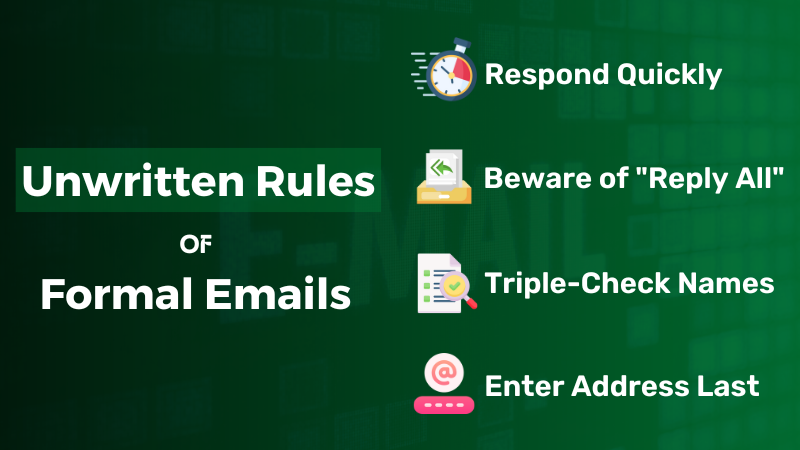How to Write a Letter of Acknowledgement
A letter of acknowledgement, otherwise known as a letter of receipt, is a fairly common one in business dealings and a mark of professionalism.
It can be a receipt of not just goods or products. It can be the confirmation of the receipt of documents. We have the Resume Acknowledgement Letter that confirms the receipt of the CV of an applicant. Similarly, an Acknowledgement of Resignation confirms that the firm has received the letter from an employee, which he submitted before resigning. Lastly, the letter which is about the receipt of goods and other relevant documents, is the Business Acknowledgement Letter. Other than the confirmation of materials and documents, an acknowledgement letter can also refer to a previous phone call or meeting.
Now you might be wondering what the use of this letter is. The most obvious one, if you have understood this far, is that it “confirms” something previously arranged and, therefore, sets the base for future actions to be undertaken. Also, it serves as a legal document that one party has met the obligations of a contract and thus helps to build trust and goodwill between the parties. Practically, it gives the date and timing of the reception of the documents/products which are also of importance.
Elements of a Letter of Acknowledgement:
So, what creates a letter of acknowledgement? It has the following elements:
- A letterhead: If you’re writing on a personal level, this isn’t required. But if this is on behalf of a company, it is important to mention the name and address of your company and recipient and the date of writing/sending the letter.
- Header: Below these, you will mention the date. It may or may not be a part of the header. You can start from the next paragraph, leaving some space or the next line.
- Subject: The subject will talk about what was acknowledged, and it can be replaced by “reference” to a previous case or invoice number.
- Body: The body of the letter can start with a “Dear ……….”. The first line will state the obvious. The following phrases are common in the introduction:
- Firm is acknowledging the receipt of the [type of] document(s)...
- I, person, hereby acknowledge the receipt of the following document(s)...
- I, person, on behalf of firm, am writing to confirm the receipt of…
- We, firm, wish to thank recipient for sending us…
- I, person, am writing in reference to the telephone conversation between recipient and person/firm to confirm the... or something with similar wording.
- After this introductory line will follow the details what was received or will be done next, and if any goods are damaged, this is where to state it.
- Closing: The closing line will be about how the firm wishes to do further business with the recipient or any statement that promotes goodwill. It can also state how to contact further or if the firm/person will contact with the recipient further, in case there is any necessity. It can end with a thank you, too, followed by a personal signature on behalf of the company. Keep in mind that automated acknowledgement letter doesn't include any sort of personal signature.
Tips for You:
A few more things you’ll need to remember include: firstly, timing. The confirmation should be given when the materials are in hand, delay will only create confusion and anxiety. From another point of view delay is again better than never even acknowledging. Because delay can be apologised for. Not acknowledging doesn’t have a fix. Secondly, outline. Check the dates, specifications, make a list of the points and plan the placement of your information. Take your time here. Consider reading from the recipient’s perspective and sound sincere. Thirdly, keep it short and polite.
There you have the perfect recipe to a perfect letter of acknowledgement. Just mix things right, won’t you?
Grammar
Read More
- How to Use "Therefore" in Sentences Avoiding Common Mistakes
- How to Use "Whereas" with Examples and Avoid Common Mistakes
- When and How to Use "Thus" Correctly Without Common Mistakes
- How to Use "On the Contrary" Properly with Meaning and Examples
- When and How to Use "Either/Or" with Examples and Common Mistakes to Avoid
- How to Use "On the Other Hand" Effectively without Mistakes
- How to Use "Respectively" with Example and Common Errors to Avoid
- How and When to Use "Moreover" Without Mistakes
- How to Use "Likewise" in Sentences Based on Context & When not to Use
- When & How to Use "Although" in Sentences to Avoid Mistake





